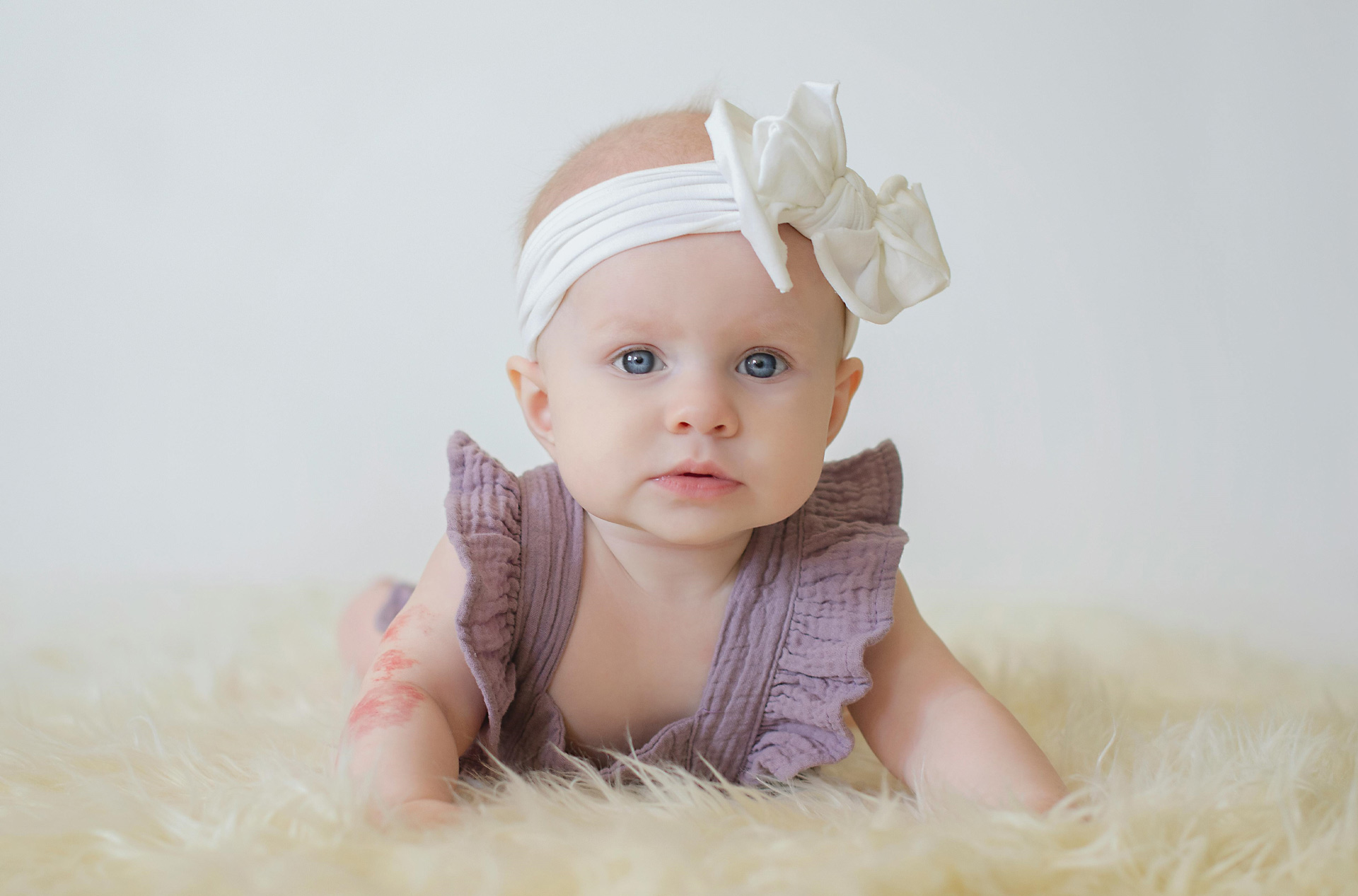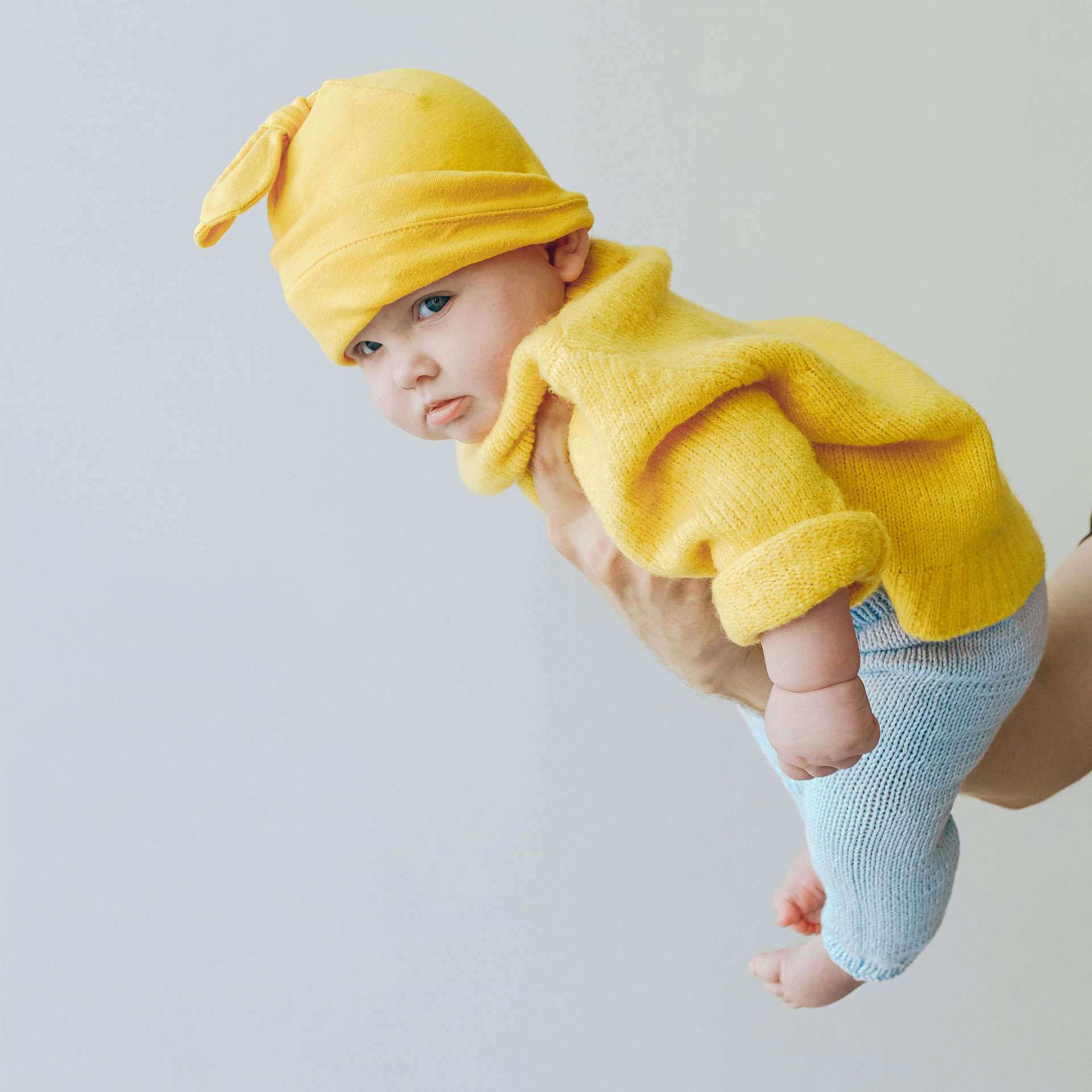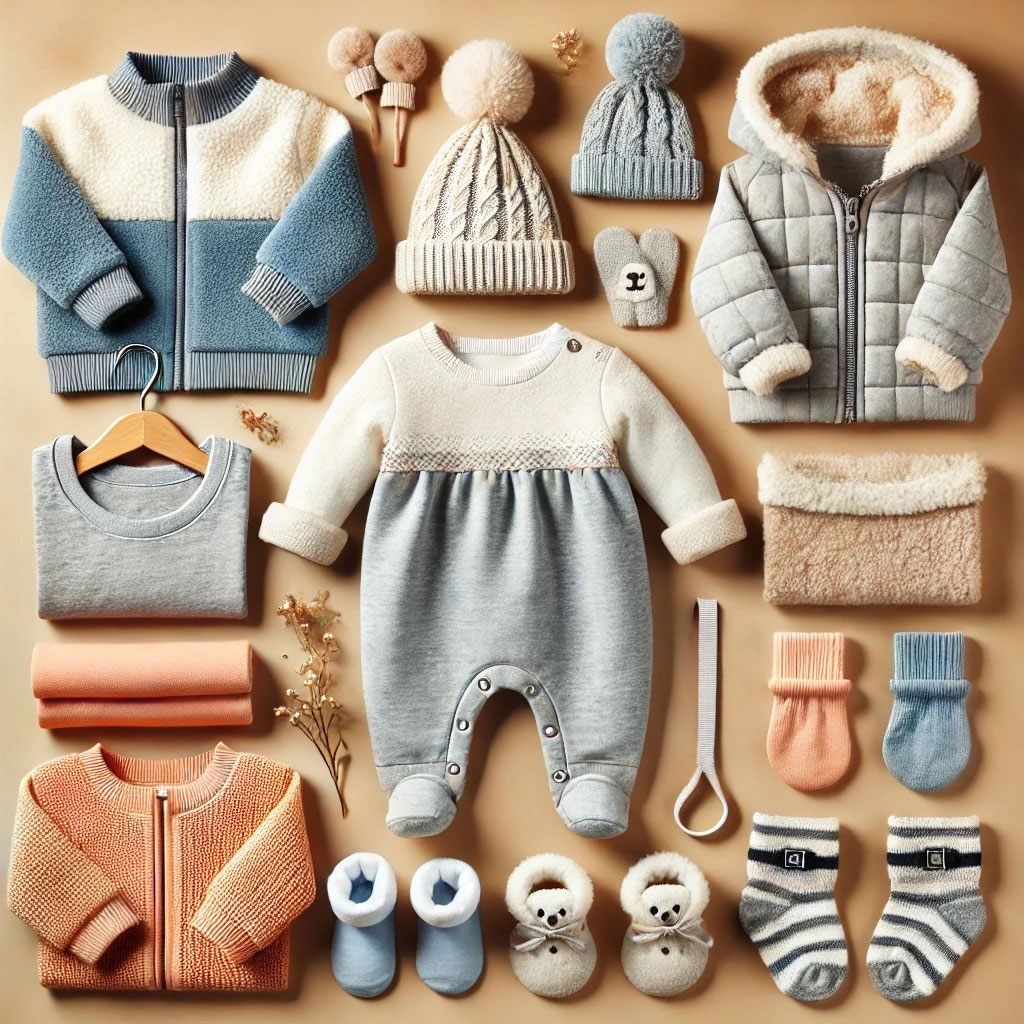Winter is here, and it’s time to keep your little bundle of joy warm and cozy! Choosing the right newborn baby winter clothes is important to protect your baby from the chill while ensuring they stay comfortable. In Bangladesh, where winters are cool but not extreme, layering with soft, lightweight fabrics works best. In this blog, we’ll share the essential winter wardrobe items every newborn baby needs to stay snug, safe, and happy during the colder months. Let’s get started!
Layer Your Newborn baby’s Winter Clothing
Keeping your newborn baby warm in winter doesn’t have to be complicated! Here’s a simple guide to layering their clothes step by step:
- Base Layer: Soft and Breathable
-
- Start with a lightweight Nima Set or a soft cotton bodysuit. These form-fitting options act as a gentle layer against your baby’s delicate skin.
- For an extra snug fit, long-sleeve onesies with full coverage work perfectly to trap warmth.
- Second Layer: Warm and Stylish
-
- For girls, layer a fleece or cotton frock over the base layer. Choose one with long sleeves for extra protection.
- For boys, a shirt and pant set made of flannel or thick cotton provides warmth without restricting movement.
- Add a Flexible Middle Layer
-
- In moderate weather, a T-shirt or light sweater can be worn over the base.
- On colder days, a sweatshirt with a soft inner lining works as the perfect insulating layer. Make sure it’s easy to take off if the baby feels too warm indoors.
- Outer Layer: Protection from the Cold
-
- For outdoor use, add a padded jacket or a fleece-lined snowsuit. These are essential for chilly evenings or windy conditions.
- Make sure the outer layer is easy to zip or button up and lightweight for easy movement.
- Accessories: Keep Extremities Warm
-
- Use accessories like a soft cap or headband to keep your baby’s head warm, as babies lose a lot of heat through their heads.
-
- Add mittens and socks to protect tiny hands and feet. For outings, pair these with soft-soled winter shoes to keep their toes warm.
- Check for Comfort and Adjust Layers
-
- Always check your baby’s neck or tummy to ensure they’re warm—not too hot or cold.
- If you’re indoors, you can remove the outer layers while keeping the base and middle layers on to prevent overheating.
This way, you can keep your baby snug and cozy while easily adjusting their clothes as the temperature changes.
Top Fabrics to Choose for Winter Baby Clothes
Choosing the right fabrics for your newborn baby winter clothes is all about comfort, warmth, and safety. Cotton is a go-to choice because it’s soft and breathable, making it perfect for everyday wear like bodysuits and onesies. For extra coziness, fleece is lightweight yet insulating, ideal for jackets and blankets. Wool, especially softer types like merino, keeps your baby warm and cozy, though it’s best for outer layers or accessories like hats and mittens.
Flannel is another great option—it’s gentle on the skin and works well for frocks or shirt-pants sets. If you’re looking for something stylish, velour or velvet add a touch of elegance and warmth, perfect for special occasions. For those really cold days, quilted or padded fabrics offer great insulation, often used in jackets and snowsuits.
Whatever fabric you choose, make sure it’s soft, easy to wash, and baby-friendly to keep your little one happy and snug all season.
Safety Tips for Dressing Newborns in Cold Weather
Dressing a newborn baby for cold weather requires careful attention to their comfort and safety. Layering is the best approach, as it allows you to adjust your baby’s clothing based on the temperature. Start with breathable, soft fabrics like cotton for the inner layers to avoid irritation, and add warmer materials like fleece or quilted fabrics for insulation.
Pay extra attention to their hands, feet, and head, as these areas lose heat quickly. Soft mittens, warm socks or booties, and a snug cap are essential. Ensure that their face remains uncovered to allow free breathing, especially when outdoors.
Avoid bulky outerwear in car seats, as it can interfere with proper harnessing. Instead, layer with snug-fitting clothes and add blankets for warmth. Always monitor their body temperature by checking their neck or chest—this helps you identify whether they are too hot or cold. Removing or adding layers as needed will keep them cozy and safe without overheating or discomfort.
By choosing the right fabrics and paying close attention to their comfort, you can ensure your newborn stays snug and protected throughout the chilly season.
Preparing Your Baby’s Wardrobe for Winter Travels
Preparing your baby’s wardrobe for winter travels involves packing versatile, cozy, and practical items to ensure your little one stays warm and comfortable throughout the journey. Start with the basics, like soft cotton bodysuits or onesies, which can act as the foundation for layering. Adding warmer layers like fleece rompers, sweaters, or sweatshirts ensures your baby stays snug during colder moments.
For outdoor travel, lightweight yet insulated jackets or snowsuits are essential. These provide protection against wind and cold without adding too much bulk. Accessories like hats, mittens, socks, and booties are crucial, as babies lose heat quickly from their extremities. Pack a couple of extra sets to account for spills or wet weather.
Don’t forget to include blankets or swaddle wraps for additional warmth, especially during long car rides or flights. Choose options that are easy to fold and carry but provide sufficient insulation. For nighttime, thermal sleepwear or cozy pajamas will keep your baby warm during colder evenings.
Comfort is key, so opt for clothes that are easy to change, as you may need to adjust layers frequently while traveling between indoor and outdoor environments. Always keep an eye on your baby’s temperature and adjust their clothing as needed to keep them comfortable. With the right wardrobe, winter travel with your baby can be smooth and stress-free.
Caring for Winter Baby Clothes
Caring for your baby’s winter clothes ensures they last longer and stay comfortable for your little one. First, always check the care labels to follow washing instructions carefully. Most winter clothes are machine washable, but delicate fabrics like wool or fleece may require a gentler wash or hand washing. Use mild detergents that are gentle on your baby’s sensitive skin.
Avoid fabric softeners, as they can irritate your baby’s skin or reduce the softness of fabrics like cotton and fleece. For heavier items like snowsuits, ensure they’re thoroughly dried, preferably air-drying to maintain their insulation properties.
To prevent pilling or damage, wash winter clothes inside out, and store them in a cool, dry place when not in use. Regularly check mittens, socks, and hats for wear and tear to ensure they stay functional and safe. By taking care of your baby’s winter wardrobe, you can keep them warm and cozy while preserving their clothes for future use.
Choosing the right newborn baby winter clothes is key to keeping your baby warm and comfortable during the cold season. Focus on breathable, soft fabrics like cotton and fleece for layering, and make sure to include cozy accessories like hats, mittens, and socks. By properly caring for these clothes, you ensure your baby stays snug and the outfits last through the winter months. With these simple tips, dressing your newborn baby for winter becomes easy and enjoyable.
- Fatematuzzohora Afia















